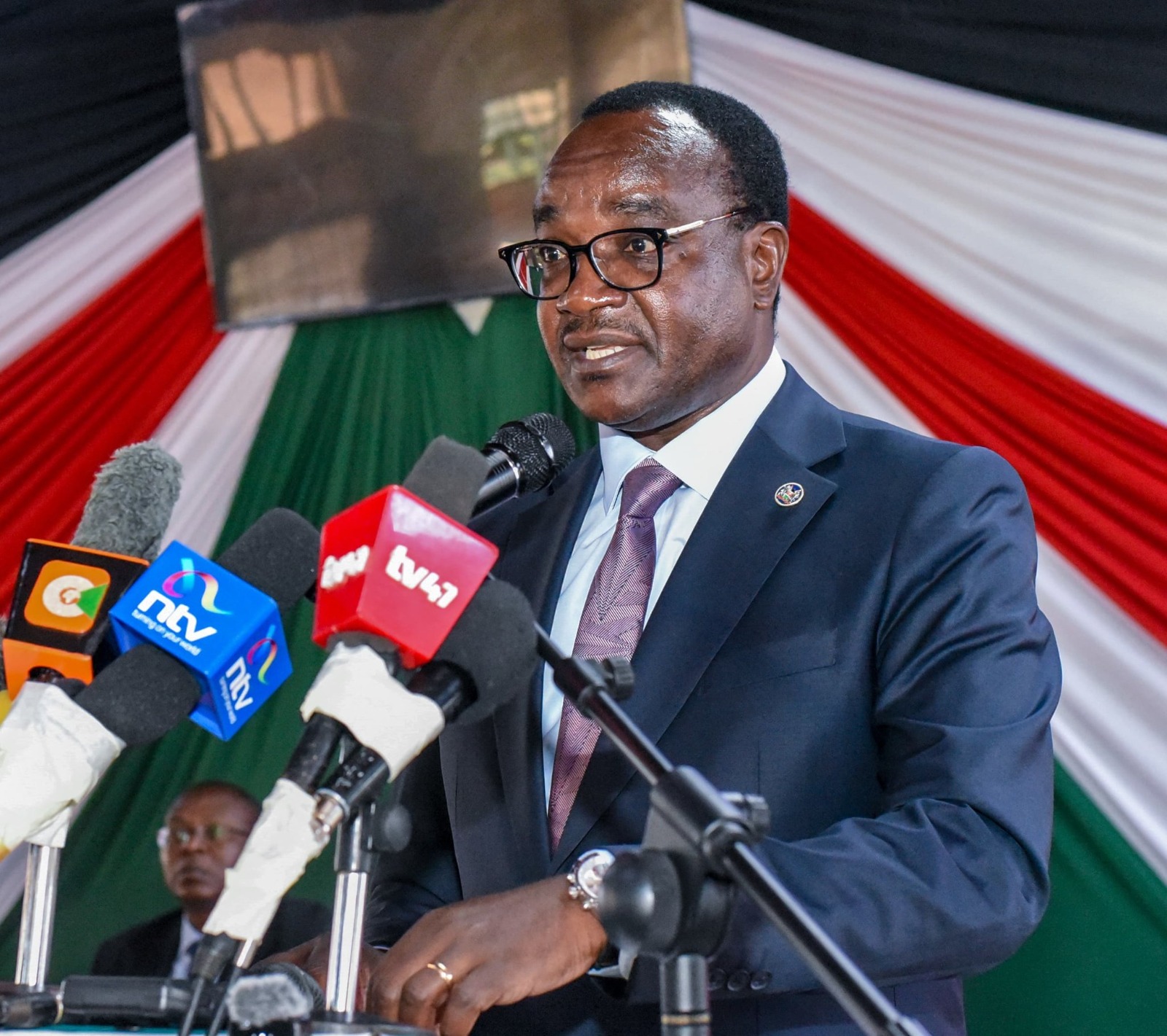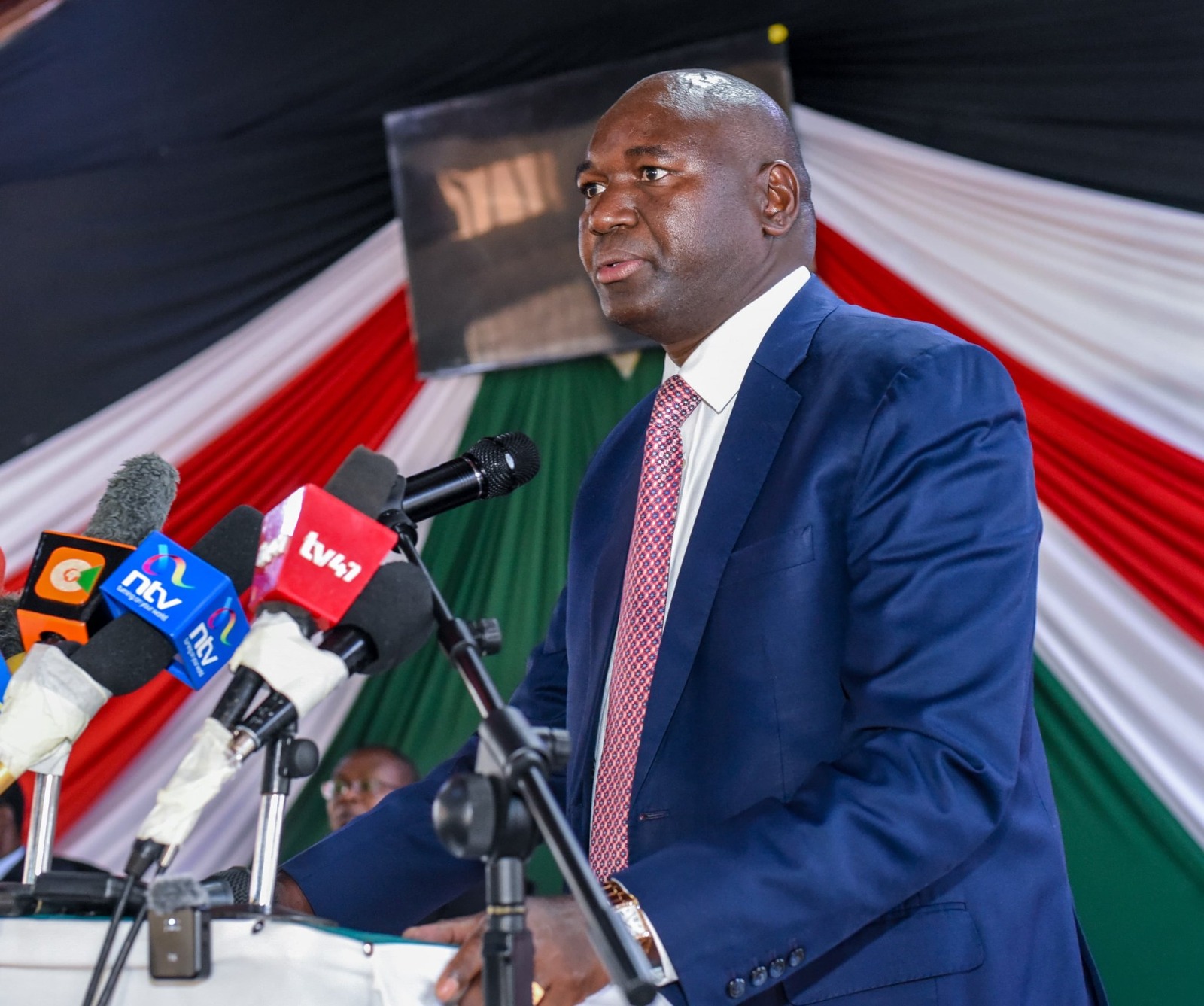By Roy Hezron
The Universities Fund (UF) Kenya plans to work with stakeholders to increase and sustain government allocation to the fund by Ksh 75 billion annually by 2026 in order to enable it increase funding to universities.
According to the UF’s 2021-2026 Strategic Plan which was made public in May 2022, Universities Fund basically plans to grow its funding through working with the Ministry of Education (MoE) to enable it undertake disbursement function to universities, targeting a 100 per cent disbursement to universities based on fair and transparent criteria for the next five years.
The country’s funding agency, which is established under section 53 of the Universities Act, 2012 for financing Universities in Kenya, also targets a budget of Ksh 375 Million by 2026 to ensure its financial stability, by having a portion (0.5 per cent) of the Fund’s disbursed to universities allocated to the Fund as an administration fee to support fundraising activities and allocations tied to performance.
“In order to provide sustainable funding to universities, the Fund itself needs to be well funded,” reads the Fund’s Strategic Plan in part.
The funding agency decries its underfunding by the exchequer which makes it difficult to achieve its mandate and effectively discharge its functions.
The Fund revealed in the Strategic Plan that in the 2020/2021 Financial Year, they only received Ksh 46.22 Million, with majority of the amount (52 per cent) being used to meet salary expenses and administration costs while only 13 per cent of the funding directly being channeled into the Fund’s core mandate.
The funding agency notes that funds provided by parliament currently are being channeled directly to the MoE and not through the Fund which hampers its resource mobilization efforts by lack of personnel, inadequate training on resource mobilization, inability to engage with relevant stakeholders in order to develop partnerships and sign Memorandum of Understanding (MOUs), absence of resource mobilization guidelines, insufficient capacity to conduct research and the inexistence of a resource mobilization strategy.
“The Fund requires additional funding to meet the costs of its operationalization including the improvement of its facilities and equipment,” reads the Strategic Plan document.
UF targets a 60:40 ratio on government and other sources by 2026 by developing and implementing a resource mobilization strategy that identifies and addresses diversified sources of funding in order to have a diversified portfolio of funding available to the Fund.
Further, the Fund targets a 100 per cent fully staffed resource mobilization function for the next five (5) years by establishing a strategy and resource mobilization function in the Fund, sign 20 MOUs on diversity of funding by 2026 with County Governments that host universities to unlock financial support.
In addition, the fund further targets to establish 5 special funds for the next 5 years for mainstreaming special interest groups and conformity to national priorities by developing pooled (aggregate) funds that are targeted to specific objects like persons with disabilities (PWDs), marginalized communities, infrastructure development, research; Science, Technology and Innovation (STI) and private universities.
For accountability and oversight for pooled funds the funding agency plans to appoint trustees for each of the five (5) pooled funds within the five year period, and develop 10 proposals annually for five years for purposes of increasing funding from funding sources.
In mitigating the issue of funding to universities using the Differentiated Unit Cost (DUC) formula, the agency plans to come up with a fair and acceptable criterion for allocation of funds to universities, through developing criteria for allocation of funds to public universities and issuance of conditional grants and review it every two years.
The agency allocation of funds to universities shows gaps in the funding of university education in the country for instance, in the 2020/2021 Financial Year (FY)the agency funded a total of 271,446 students who were enrolled in public universities with an approved budget of Ksh 41.907 billion with each student being funded at Ksh 154,386.
The required budget at 80 per cent DUC computation was Ksh 69.266 billion which implied that the agency faced a funding deficit Ksh 27.359 billion in the same year under review.
In the same FY the agency funded a total of 61,541 students who were enrolled in private universities with an approved budget of 2.73billion, with each student being funded at Ksh 44,357; while the required budget was Ksh 12.104 billion which implied that the agency had a funding deficit of Ksh 9.375 billion.
According to the Fund a centralized data management system which is currently lucking would enhance transparency, accountability and visibility.
The centralized data should be integrated with Higher Education Loans Board (HELB), the Commission for University Education (CUE), the Kenya Universities and Colleges Central Placement Service (KUCCPS) and the individual universities database on students.
“Currently, numbers received from universities is inaccurate and manually computed resulting in increased time spent in collecting and verifying the data,” reads the document in part.






